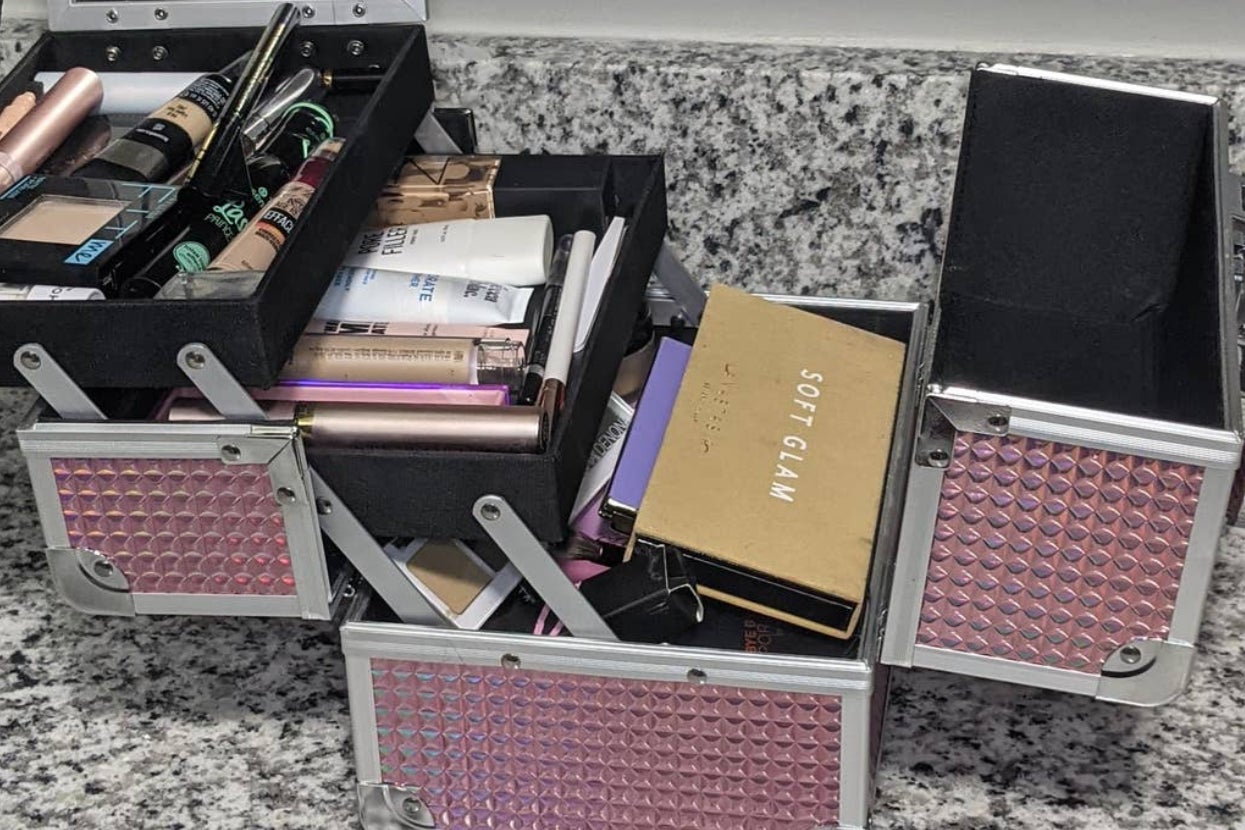Those of us who share our homes with dogs or other animals know that they are an integral part of the family. They’re so important that I often find myself anthropomorphizing my pets — wanting the best for them but through the lens of what would be best for a human. (I often joke that my cat is one of my favorite people. She is!)
Yet while a dog is as valid a member of the family as a human, in order to care for them best, it’s crucial to be aware of their canine-specific needs — the ways that dogs’ evolutionary instincts mean they may prefer or even require certain accommodations that may feel unusual from a person’s perspective.
Perhaps one of the most misunderstood items within that category is dog crates.
While we may assume our dogs envy our open, roomy mattresses, an enclosed, cave-like space is actually what dogs are instinctually wired to prefer. “From an evolutionary perspective, dogs typically like crates since [they serve] the same purpose as a den, providing a sense of comfort and security,” veterinarian Dr. Carly Fox explained to us. Fox is a senior veterinarian at Schwarzman Animal Medical Center in New York City.
Crates are especially useful and comforting for dogs when they are spending time alone, such as when their family is gone at work out to dinner, or during nighttime. ”[Crating your dog] allows them to feel safe when they are alone and prevents them from getting into anything they should not when left unsupervised,” Fox said.
Plus, it’s an investment in your dog’s future well-being. “If your dog ever recovers from a medical problem, crating them might be necessary. It is much easier for a dog who is comfortable in a crate to recover from injury or surgery if they already associate their crate with comfort and security,” Fox emphasized.
Another benefit? “Crates are the best way to housebreak your dog, whether they are a puppy or an untrained adult,” Fox noted. This is because dogs do consider their crates their own dedicated spot: “Dogs generally avoid urinating/defecating in the same area in which they sleep.” Teaching a dog to use a crate, even though it is part of their evolutionary needs, is a process called crate training.
As with any practice, there are best usage guidelines, but as long as you adhere to them, using a crate will benefit you and your dog. “There are few disadvantages to crate training if used appropriately,” Fox told us.
In particular, “You never want to use the crate as punishment,” Fox said. “It should always be thought of as a positive space by your pet and not a place of isolation.” Otherwise, destructive behavior and anxiety may follow.
And, “In order to be successful with any type of training,” Fox noted, “your dog needs consistency.”
To ensure the crate is a positive association for your pup, make it a welcoming space, and make it part of a routine.
“Make it a place they want to go by keeping the crate comfortable and clean,” Fox added. “I place treats and toys in my dog’s crate so that he will go in voluntarily. Throughout the day, I also leave the crate door open so that he can come and go as he pleases.”
You should also take care that your dog doesn’t spend excessive time in their crate; they should also be getting enough exercise, mental stimulation and interaction with you.
The bottom line about crates? “Ultimately, it is what is best for your pup!” wrote Fox. “Don’t let your own emotions get in the way of successfully crate training your dog.” (Note that it is up to the individual to decide what’s best for their pet.)

